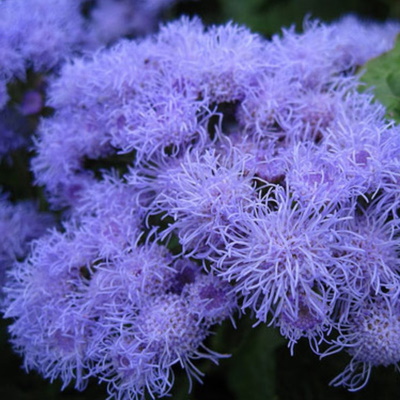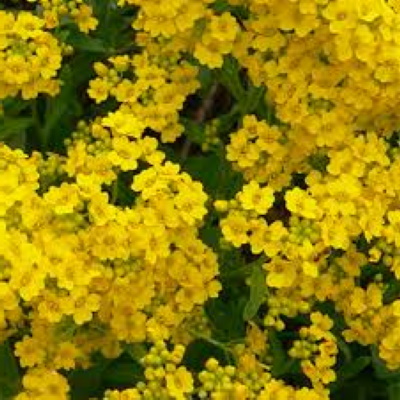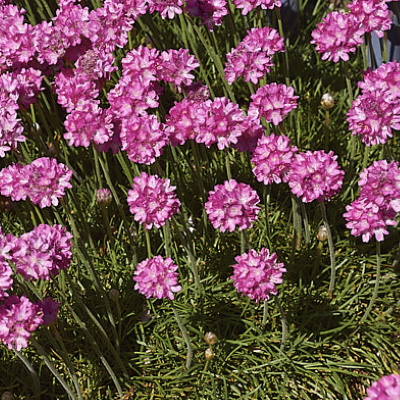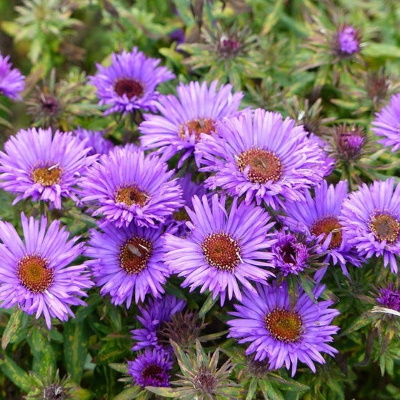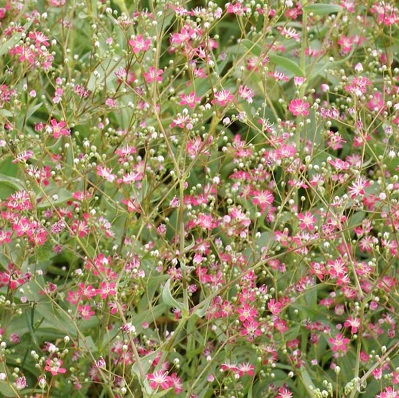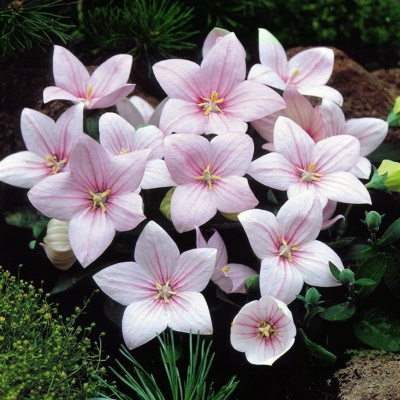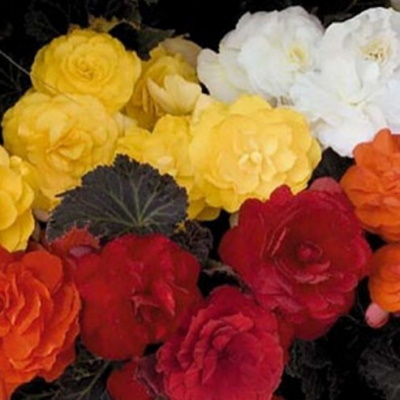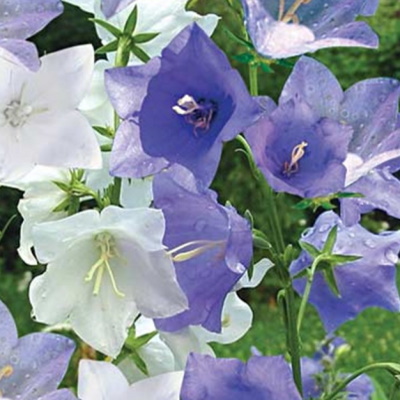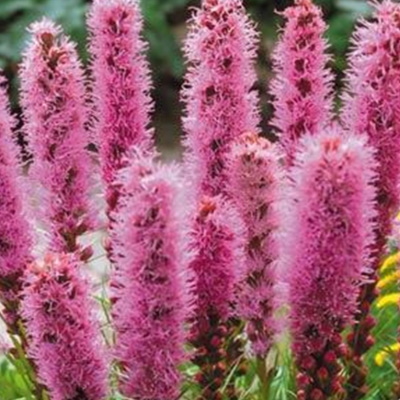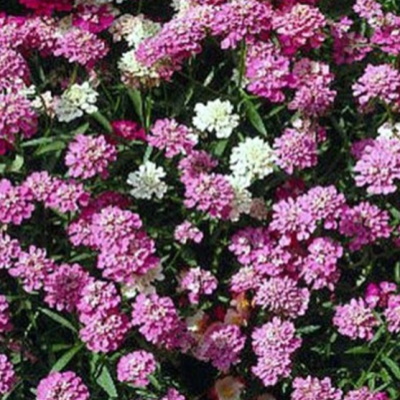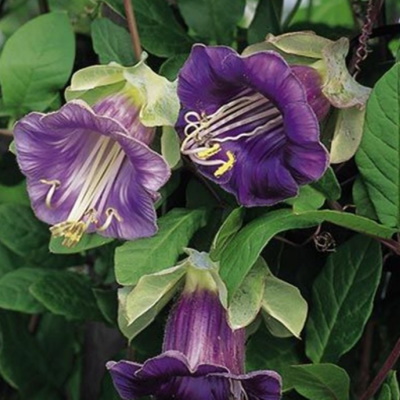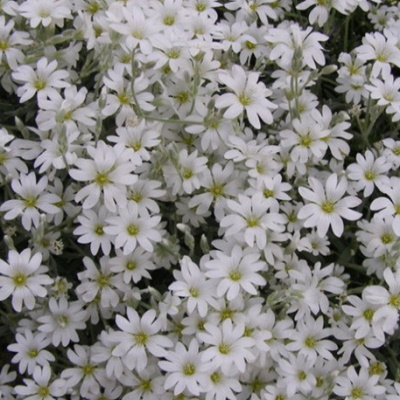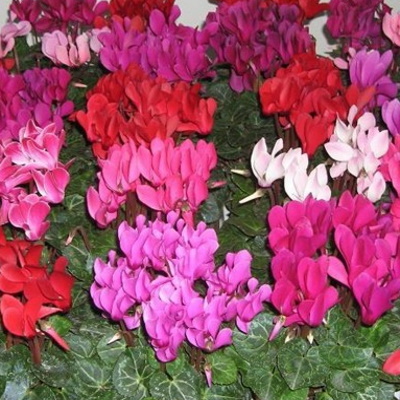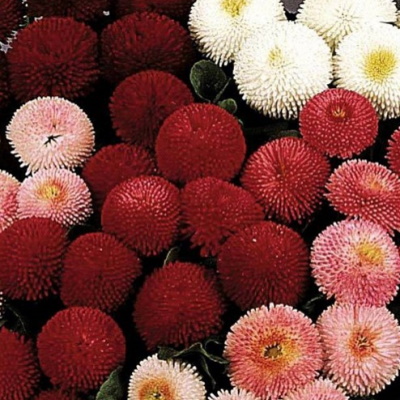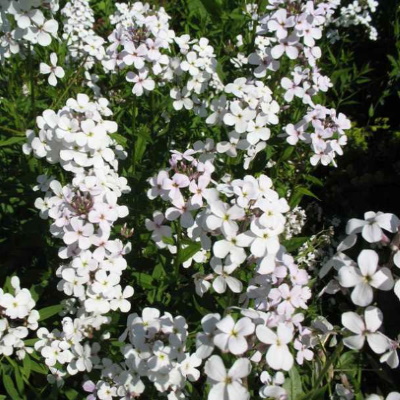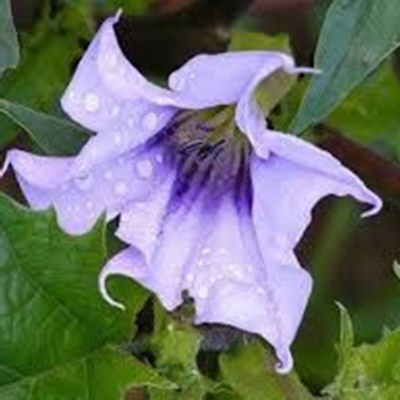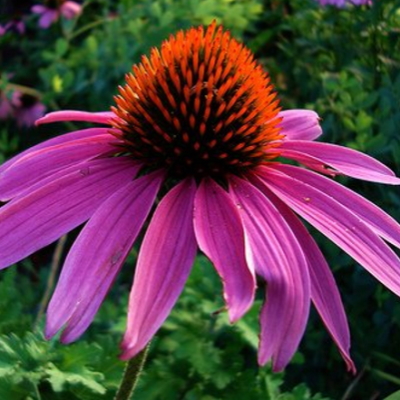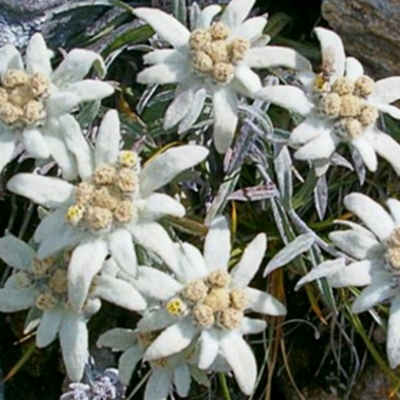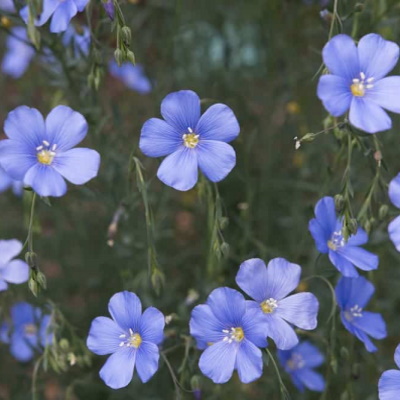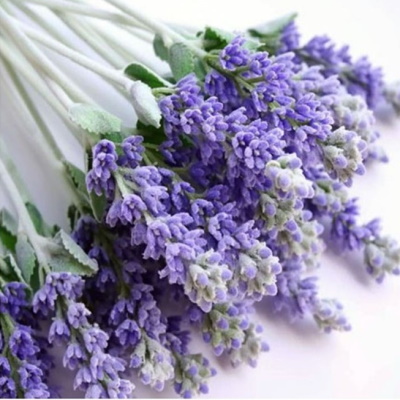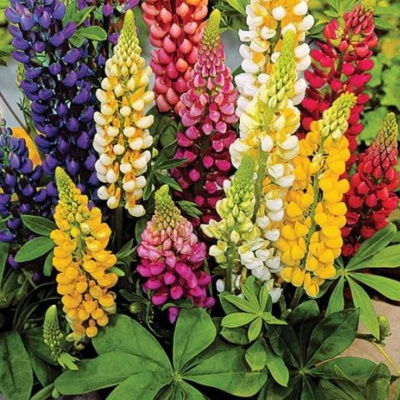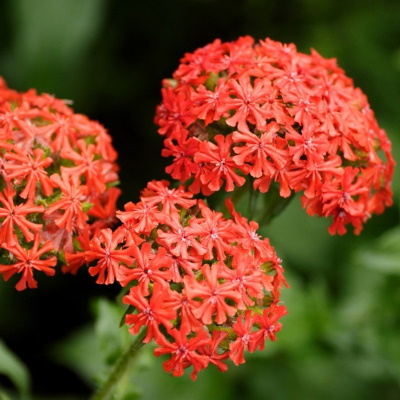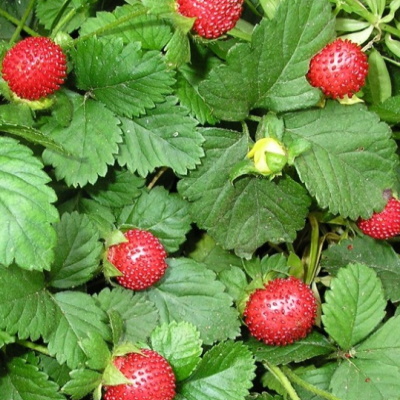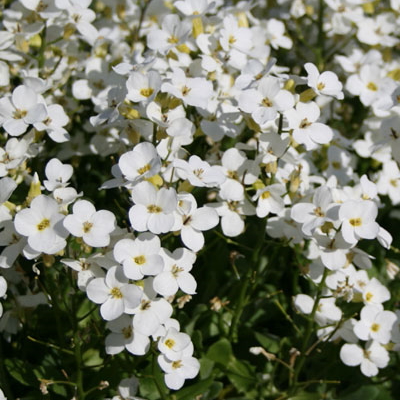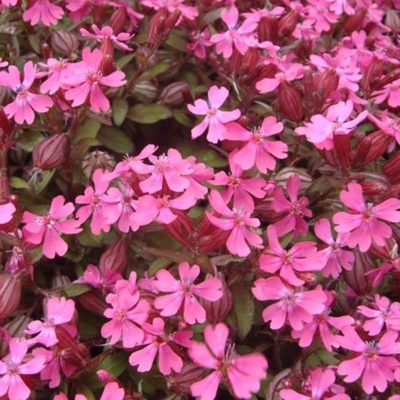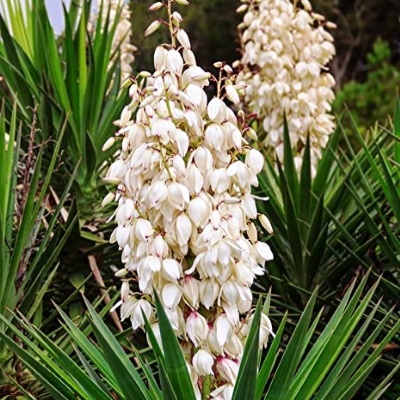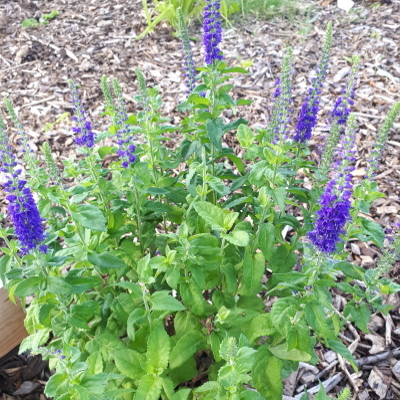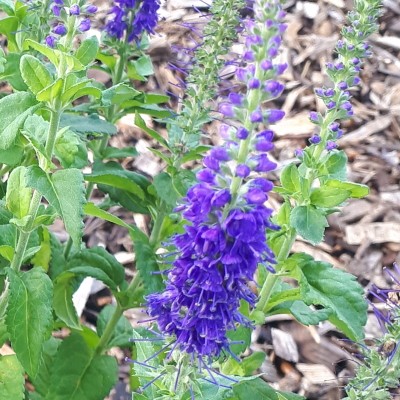-
Out of stock
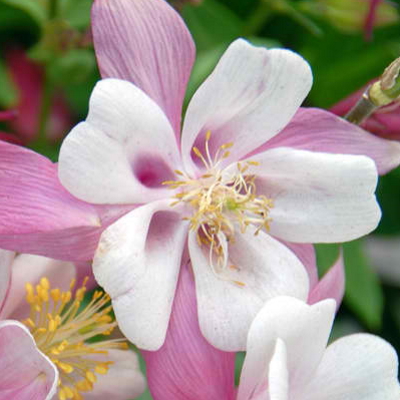 Beautiful pastel columbine seeds approximately 100 count. Learn: How to grow Columbine plants
Beautiful pastel columbine seeds approximately 100 count. Learn: How to grow Columbine plants -
Out of stock
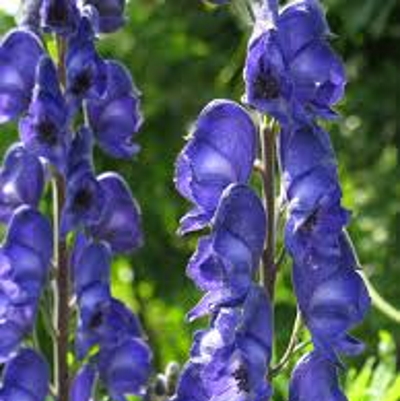 The monkshood plant is an herbaceous wildflower that can be found growing in mountain meadows throughout the northern hemisphere. The plant gets its name from the shape of the posterior sepal of the flowers, which resembles the cowls worn by monks. Also known as wolfsbane and Aconitum, monkshood has become popular as a garden addition because of its purple/blue flowers and attractive foliage. Growing 2 to 4 feet (0.5 to 1 m.) tall and 1 to 2 feet (0.5 m.) wide, perennial monkshood is best grown as a background plant. The leaves of the monkshood plant are palmate, meaning hand-shaped, with lobed “fingers” that often have toothed edges and vary in color from light to dark green. In late summer or early fall, it sends up showy spires of purple/blue flowers. Monkshead is not invasive and is both deer and rabbit resistant. However, monkshood, or wolfsbane, is moderately difficult to grow and once planted, doesn’t like to be moved so the best way to grow monkshood is to choose your spot carefully. It sometimes takes a while for it to become established.
The monkshood plant is an herbaceous wildflower that can be found growing in mountain meadows throughout the northern hemisphere. The plant gets its name from the shape of the posterior sepal of the flowers, which resembles the cowls worn by monks. Also known as wolfsbane and Aconitum, monkshood has become popular as a garden addition because of its purple/blue flowers and attractive foliage. Growing 2 to 4 feet (0.5 to 1 m.) tall and 1 to 2 feet (0.5 m.) wide, perennial monkshood is best grown as a background plant. The leaves of the monkshood plant are palmate, meaning hand-shaped, with lobed “fingers” that often have toothed edges and vary in color from light to dark green. In late summer or early fall, it sends up showy spires of purple/blue flowers. Monkshead is not invasive and is both deer and rabbit resistant. However, monkshood, or wolfsbane, is moderately difficult to grow and once planted, doesn’t like to be moved so the best way to grow monkshood is to choose your spot carefully. It sometimes takes a while for it to become established. -
Out of stock
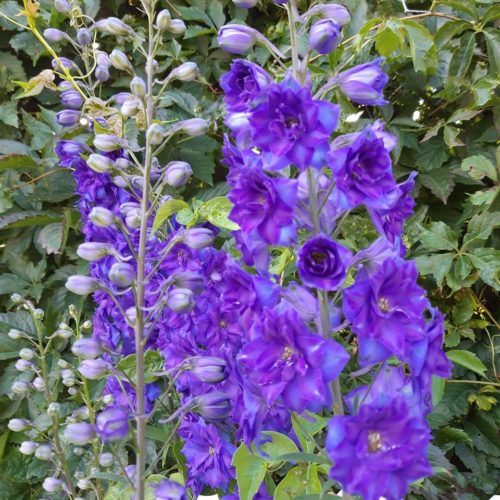 Matures 130-150 days: Also known as Pacific Coast hybrids, Delphinium elatum "Pacific Giant" is a group of regal delphiniums with tall, spiky blooms available in the colors shown. At maturity, the plants reach impressive heights of 1.5-2.5 meters "Pacific Giant" delphiniums are suitable for growing in plant hardiness zones 2 through 9. Long flower-filled spikes bloom in a beautiful blue. The flowers populating the spikes are symmetrically shaped, with huge 8 cm blooms. This delphinium also has mildew resistance.
Matures 130-150 days: Also known as Pacific Coast hybrids, Delphinium elatum "Pacific Giant" is a group of regal delphiniums with tall, spiky blooms available in the colors shown. At maturity, the plants reach impressive heights of 1.5-2.5 meters "Pacific Giant" delphiniums are suitable for growing in plant hardiness zones 2 through 9. Long flower-filled spikes bloom in a beautiful blue. The flowers populating the spikes are symmetrically shaped, with huge 8 cm blooms. This delphinium also has mildew resistance. -
Out of stock
 Enjoy a baby's breath that is actually pink! Plant in your sunny perennial garden and watch as large panicles of true light pink flowers splash your garden from early through midsummer. This upright, well-branched, bush type grows up to 3' tall. Use as a filler plant to cover dying bulb foliage or for perennials that go dormant in the summer months. The pretty pink flowers also are perfect in floral arrangements! Makes an excellent dried flower.
Enjoy a baby's breath that is actually pink! Plant in your sunny perennial garden and watch as large panicles of true light pink flowers splash your garden from early through midsummer. This upright, well-branched, bush type grows up to 3' tall. Use as a filler plant to cover dying bulb foliage or for perennials that go dormant in the summer months. The pretty pink flowers also are perfect in floral arrangements! Makes an excellent dried flower. -
Out of stock
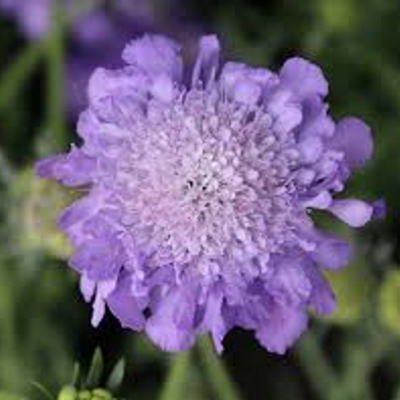
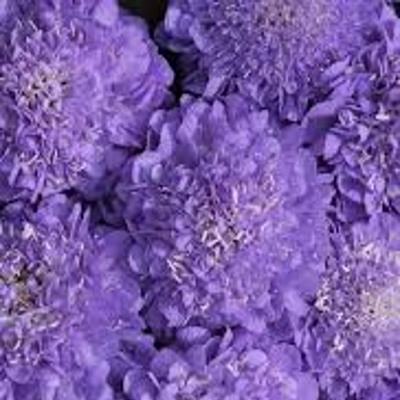
a.k.a Pincushion Flower
Elegant and uniform cut flower.
Matures in 90-100 days Package contains: 50 Seeds1 1/2–2 1/2", lavender-blue flowers stand tall on strong, slender stems. A dramatic addition to any bouquet or garden. Also known as mourning bride -
Out of stock
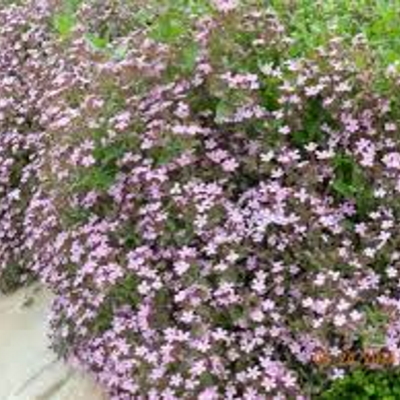
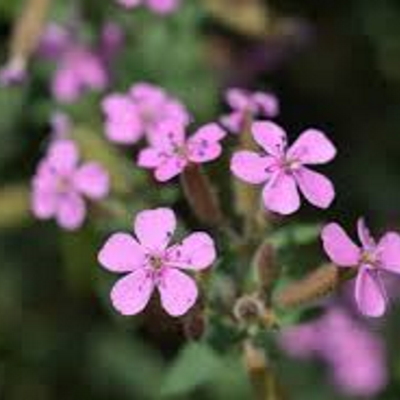 Soapwort is a favourite perennial for cool-alpine and rock gardens. This semi-evergreen blooms from May to August with five-petaled pink flowers joined at the base to form a nectar tube that is highly attractive to bees. Provide good drainage. The roots really can be used to make soap. Rock Soapwort looks marvelous in containers, but best in situations when it can trail and seed itself. Sturdy and easy to grow. Stems are thicker, stronger, taller, and easier to manage than those of annual gypsophila, an otherwise similar flower. 3/4 to 1" dusty pink blooms float above gray-blue, waxy foliage. Branching plant habit. Also known as cow soapwort.
Soapwort is a favourite perennial for cool-alpine and rock gardens. This semi-evergreen blooms from May to August with five-petaled pink flowers joined at the base to form a nectar tube that is highly attractive to bees. Provide good drainage. The roots really can be used to make soap. Rock Soapwort looks marvelous in containers, but best in situations when it can trail and seed itself. Sturdy and easy to grow. Stems are thicker, stronger, taller, and easier to manage than those of annual gypsophila, an otherwise similar flower. 3/4 to 1" dusty pink blooms float above gray-blue, waxy foliage. Branching plant habit. Also known as cow soapwort. -
-
Out of stock
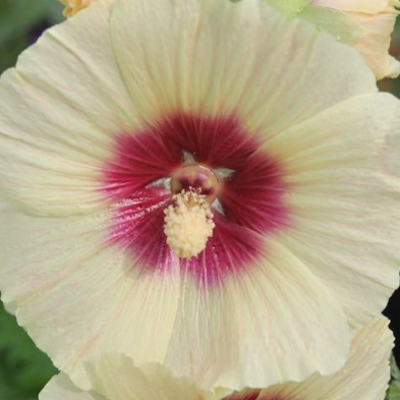
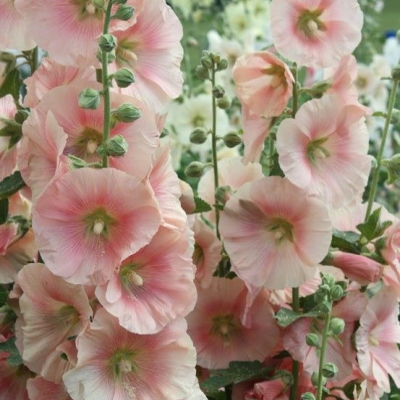 Hollyhock Seeds -Coral & Indian Spring Mix The semi-tall stalks of Indian Spring Hollyhock are filled with single and semi-double blooms in shades of pink, coral, white, cream, purple, and lavender. Prolifically blooming, Indian Spring Mix is known to bloom in its first year, which is unusual for Hollyhocks.
Hollyhock Seeds -Coral & Indian Spring Mix The semi-tall stalks of Indian Spring Hollyhock are filled with single and semi-double blooms in shades of pink, coral, white, cream, purple, and lavender. Prolifically blooming, Indian Spring Mix is known to bloom in its first year, which is unusual for Hollyhocks. -
Out of stock
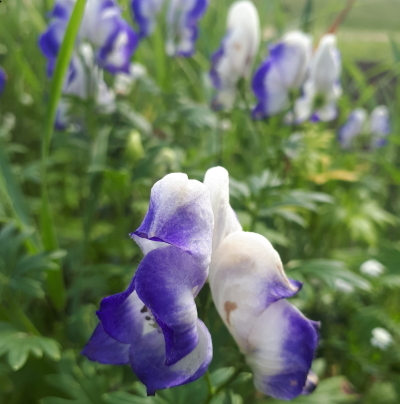 25 seeds per order. Purple Monkshood seeds 2020 harvest.
25 seeds per order. Purple Monkshood seeds 2020 harvest. -
Out of stock
 This delightful Japanese Catmint has many merits. Both the foliage and the flowers are fragrant. It blooms the first year from seed, unlike most perennials. It is upright and nicely branched, rather than sprawling. Make it a centerpiece of your containers and sunny-to-partly-shaded garden areas! Panther Dark Blue walked off with the Bronze Medal at Holland's prestigious Plantarium competition in 2015. The attractive little plant is much more compact than other catmint species, standing just 20 cm high and 25 cm wide. The foliage is bright green, glossy, and toothed, releasing a strong, heavenly fragrance from spring through fall. Profuse bloomer! Medium to dark blue, these tubular flowers reach up to 5 cm long, held in nice clusters on the top of the plant. The blossoms are fragrant, and they begin in early summer and go right through into early fall. You'll be amazed by the flower power of this petite plant.
This delightful Japanese Catmint has many merits. Both the foliage and the flowers are fragrant. It blooms the first year from seed, unlike most perennials. It is upright and nicely branched, rather than sprawling. Make it a centerpiece of your containers and sunny-to-partly-shaded garden areas! Panther Dark Blue walked off with the Bronze Medal at Holland's prestigious Plantarium competition in 2015. The attractive little plant is much more compact than other catmint species, standing just 20 cm high and 25 cm wide. The foliage is bright green, glossy, and toothed, releasing a strong, heavenly fragrance from spring through fall. Profuse bloomer! Medium to dark blue, these tubular flowers reach up to 5 cm long, held in nice clusters on the top of the plant. The blossoms are fragrant, and they begin in early summer and go right through into early fall. You'll be amazed by the flower power of this petite plant. -
Out of stock
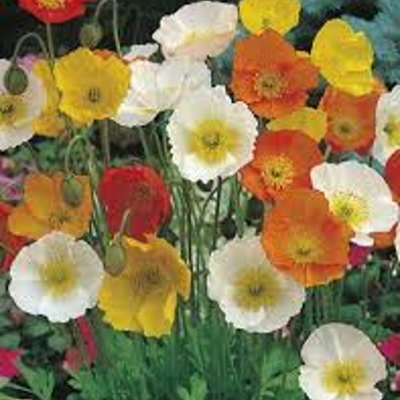 Papaver nudicaule. The Iceland Poppy is a hardy short-lived perennial. It self sows easily so will last for years to come. The cup-shaped blooms have a texture like crepe paper and appear in a range of subdued pastel colours; apricot, gold, tangerine, and white. Sow Iceland Poppy seeds in early spring or late fall where they are to grow permanently. The flower stalks grow to around 30cm tall and are among the longest-lasting poppies as cut flowers. Use a candlestick to seal the cut stem to prolong them as cut flowers. They are highly attractive to bees. Plant in late fall or early spring. Poppy seeds need to be cold stratified to germinate. Poppies only need soil that is ordinary and moist, but well-drained. The seeds should not be planted deeply; they just need to be compressed into the soil, as they need light to germinate. The best method for planting is to mix one part seed with 5 parts sand and scatter over the prepared growing area.
Papaver nudicaule. The Iceland Poppy is a hardy short-lived perennial. It self sows easily so will last for years to come. The cup-shaped blooms have a texture like crepe paper and appear in a range of subdued pastel colours; apricot, gold, tangerine, and white. Sow Iceland Poppy seeds in early spring or late fall where they are to grow permanently. The flower stalks grow to around 30cm tall and are among the longest-lasting poppies as cut flowers. Use a candlestick to seal the cut stem to prolong them as cut flowers. They are highly attractive to bees. Plant in late fall or early spring. Poppy seeds need to be cold stratified to germinate. Poppies only need soil that is ordinary and moist, but well-drained. The seeds should not be planted deeply; they just need to be compressed into the soil, as they need light to germinate. The best method for planting is to mix one part seed with 5 parts sand and scatter over the prepared growing area. -
Out of stock
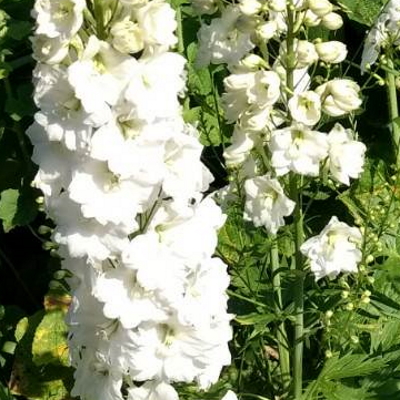
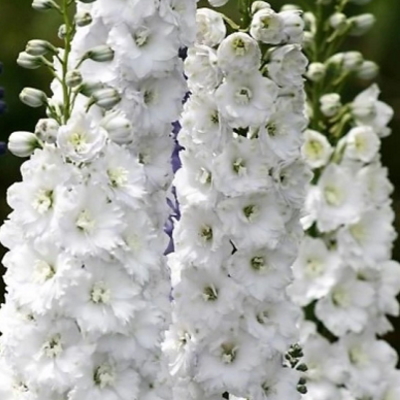 An F1 hybrid breeding breakthrough. Excellent bloom production during short days for cut flowers. GREENHOUSE: Sow in Jan. or early Feb. Freeze seed for 24 hrs. just before sowing, to break dormancy. Use Jiffy Mix or fine sand for a growing medium. Germinate in cool soil at 54°F/12°C for 20 days, according to color (best colors are smallest seedlings). High temp. will prevent germ. Grow seedlings cool, at 60°F/16°C days and 50°F/10°C nights. DIRECT SOWING: Sow outside in late August in cool soil. Freeze seed 24 hours before sowing. Do not pinch the flower heads. For improved blossoms, add lime to the soil each year.
An F1 hybrid breeding breakthrough. Excellent bloom production during short days for cut flowers. GREENHOUSE: Sow in Jan. or early Feb. Freeze seed for 24 hrs. just before sowing, to break dormancy. Use Jiffy Mix or fine sand for a growing medium. Germinate in cool soil at 54°F/12°C for 20 days, according to color (best colors are smallest seedlings). High temp. will prevent germ. Grow seedlings cool, at 60°F/16°C days and 50°F/10°C nights. DIRECT SOWING: Sow outside in late August in cool soil. Freeze seed 24 hours before sowing. Do not pinch the flower heads. For improved blossoms, add lime to the soil each year.
